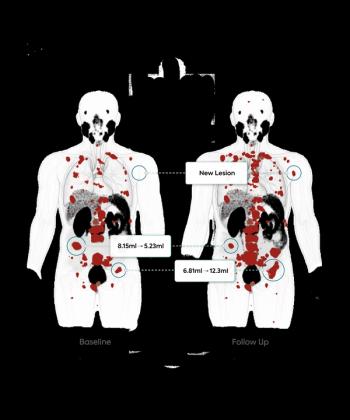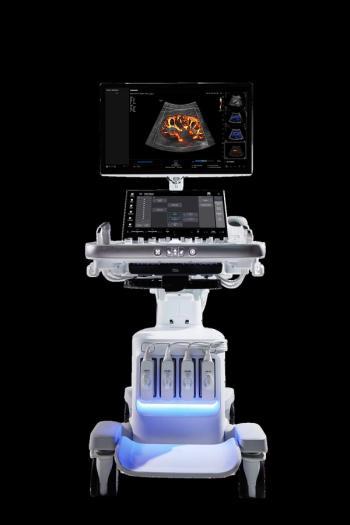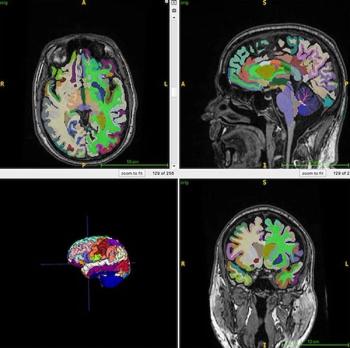
Santa Rad
The radiologist’s Christmas wish list.
I was having a discussion with a colleague the other day. Unusual for someone in our line of work, he was being solicited for suggested improvements to the PACS and/or RIS software used in his practice. He was interested in hearing what I would ask for, were I in his shoes.
This briefly short-circuited my brain. As I mentioned above, we radfolk (at least, the ones spending more time reading studies than sitting in meetings) generally aren’t included in the upgrading/brainstorming process. We’re handed the hardware and software we’re expected to use, warts and all, and that’s it. If we do verbalize our dissatisfactions with these tools, it’s usually either commiseration with fellow worker-bee rads, or wishful talk of improvements we’d love to see but never will.
It’s not just in our line of work. Generally, once one stops writing letters to Santa, it becomes exceedingly rare to offer up wish-lists in any walk of life, at least with serious expectation that those wishes will be granted. You want something, you learn to go after it yourself, or at least negotiate with other people who can give it to you in exchange for the right verbiage or return favors. But a one-sided “pretty please” transaction? Not so much.
So, what magical enhancements to my radiology software would I want Santa-tech to bring me (barring nebulous stuff that everyone would want, like “better voice recognition,” or more error-free operation)? In addition to being unaccustomed to asking, I think I was also a little paralyzed by a “where to begin?” kind of feeling. So much could use improvement, what changes would give me the best bang for my buck?[[{"type":"media","view_mode":"media_crop","fid":"55080","attributes":{"alt":"Radiology wish list","class":"media-image media-image-right","id":"media_crop_8830308727919","media_crop_h":"0","media_crop_image_style":"-1","media_crop_instance":"6891","media_crop_rotate":"0","media_crop_scale_h":"0","media_crop_scale_w":"0","media_crop_w":"0","media_crop_x":"0","media_crop_y":"0","style":"height: 113px; width: 170px; border-width: 0px; border-style: solid; margin: 1px; float: right;","title":"©Raywoo/Shutterstock.com","typeof":"foaf:Image"}}]]
First and foremost is something I probably wouldn’t use much now that the bulk of my work is X-ray, but dearly loved when I had it in a previous job. I’m not even sure it has a name, but it was a neat volumetric-measurement tool for cross-sectional imaging. You’d set a threshold value, say 2.5 SUV on a PET scan, and draw an ROI around an area of interest. The software would immediately tighten the ROI to just those pixels which met your threshold, and do so on adjacent slices of the study until it had circumscribed the 3-dimensional outline of tissue at or above 2.5 SUV. You immediately had measured, not estimated, volume (and a few other dimensions).
If Santa were paying a visit to your workstation, what would you wish for?
Newsletter
Stay at the forefront of radiology with the Diagnostic Imaging newsletter, delivering the latest news, clinical insights, and imaging advancements for today’s radiologists.



























